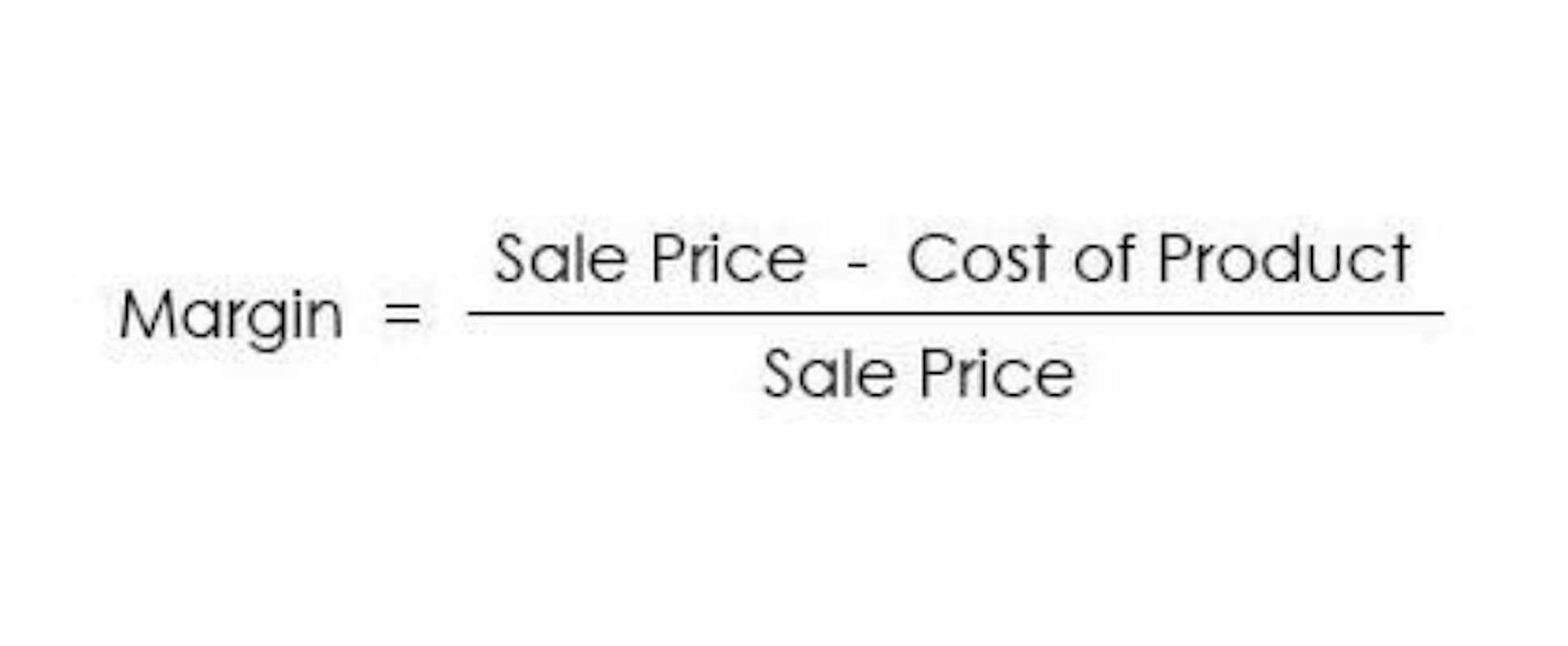
Generally accepted accounting principles (GAAP) require contingent liabilities that can be estimated and are more likely to occur to be recorded in a company’s financial statements. Non-current liabilities can also be referred to as long-term liabilities. They’re any debts or obligations that your business has incurred that are due in over a year. Businesses will take on long-term debt to acquire new capital to purchase capital assets or invest in new capital projects.
Why Are Liabilities Important to Small Business?
Moreover, the government requires businesses to pay taxes as mandated by the law. After earning income, taxes owed to the government are liabilities since paying taxes is an obligation. Overall, liabilities will almost always require future payments depending https://www.bookstime.com/articles/plant-assets on the agreement between you and the other party involved. In summary, other liabilities in accounting consist of obligations arising from leases and contingent liabilities, such as lease payments, warranty liabilities, and lawsuit liabilities.

Why Does a Company Accrue Liabilities?
Here is a list of some of the most common examples of non-current liabilities. Here is a list of some of the most common examples of current liabilities. Usually, you would receive some type of invoice from a vendor or organization to pay off any debts. Eric is an accounting and bookkeeping expert for Fit Small Business. He has a CPA license in the Philippines and a BS in Accountancy graduate at Silliman University.
Liability: Definition, Types, Example, and Assets vs. Liabilities
I advise businesses, boards, attorneys, professional organizations, and governments on the impacts of international legal development in ESG and sustainability regulations. Recent IRS statistics show that two-thirds of taxpayers received a refund so far in 2024. As of mid-May, nearly $270 billion in refunds went to taxpayers with the average refund just under $2,900.
And if your business does have debt, you’re going to have liabilities. Accrued liabilities only exist when using an accrual method of accounting. Using accounting software can help ensure that each journal entry you post keeps the formula in balance. If you use a bookkeeper or an accountant, they will also keep an eye on this process. Deciding when to fire an employee requires careful consideration and a clear understanding of how their actions impact the team and company … A contingency is an existing condition or situation that’s uncertain as to whether it’ll happen or not.
- Understanding a company’s liabilities can also help assess its ability to meet debt obligations and the potential for future growth.
- Assets and liabilities are two fundamental components of a company’s financial statements.
- They’re any debts or obligations that your business has incurred that are due in over a year.
- Although average debt ratios vary widely by industry, if you have a debt ratio of 40% or lower, you’re probably in the clear.
- A company that can’t afford to pay may not be operating at the optimum level.
Current liabilities are obligations that a company needs to settle within a year, whereas long-term liabilities extend beyond a year. Current liabilities are typically more immediate concerns for a company, as they are short-term financial obligations that require quick action. Long-term liabilities, on the other hand, can be seen as future expenses and are often addressed through structured repayment plans or long-term financing strategies. what is a liability account in accounting Properly managing a company’s liabilities is vital for maintaining solvency and avoiding financial crises. By planning for future obligations, understanding the different types of debt, and implementing effective strategies for paying off debt, businesses can successfully navigate their financial obligations. A company may take on more debt to finance expenditures such as new equipment, facility expansions, or acquisitions.

Current liabilities are debts that you have to pay back within the next 12 months. The important thing here is that if your numbers are all up to date, all of your liabilities should be listed neatly under your balance sheet’s “liabilities” section. This should alarm businesses as it seeks to create a clear legal liability for business owners. The result could be class action style lawsuits, like those against the tobacco industry. Additionally, it seeks to create a pathway for international litigation, allowing legal action to originate in countries where the business may have no presence. Within these circles, there has been an increased focus on the concept of climate justice.
Risk management & investigations

The most common accounting standards are the International Financial Reporting Standards (IFRS). However, many countries also follow their own reporting standards, such as the GAAP in the U.S. or the Russian Accounting Principles (RAP) in Russia. Although the recognition and reporting of the liabilities comply with different accounting standards, the main principles are close to the IFRS. Assets are what a company owns or something that’s owed to the company.
